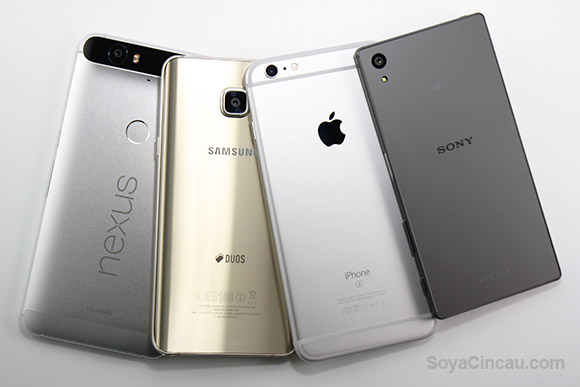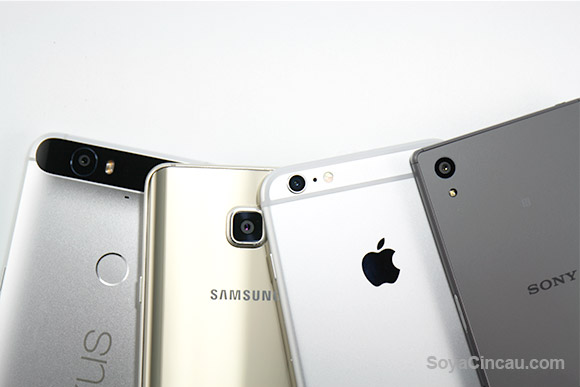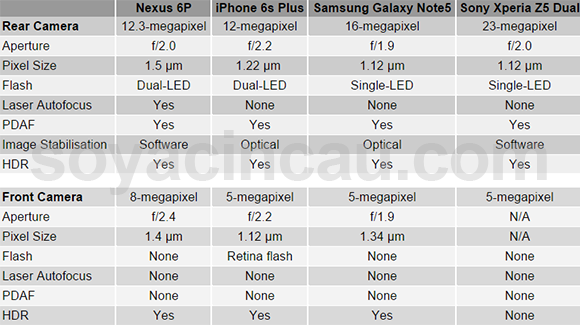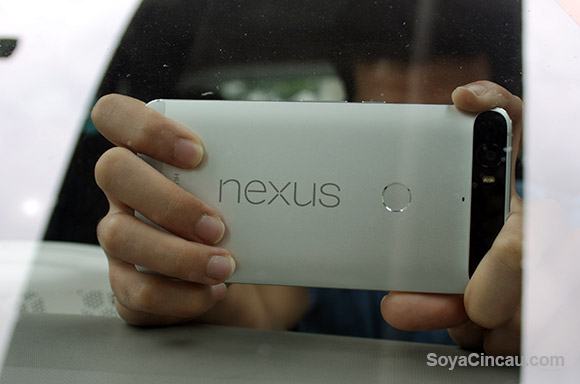You asked for a video comparison and here you have it. We put these four heavyweights in the camera department to the 4K video recording test. And while we understand that most people out there won’t have the technology to view 4K content, we decided that choosing the highest recording resolution for all four devices would be the fairest gauge.

Duking it out will be:
Nexus 6P
iPhone 6s Plus
Samsung Galaxy Note5
Sony Xperia Z5 Dual
A slow but steady advancement of camera technology has us finding that most flagship smartphones are now capable of being the only device we’d use to take images and video, rendering point and shoots somewhat obsolete. Easily put – the best camera you’ll have is the one in your pocket.
How you use that technology will be dictated by the photography skills you’ve honed throughout your “journey”, if there’s one to begin with. That said, a professional photographer could definitely take better photos than someone that has little/no knowledge on the matter. Of course, when using a smartphone, you don’t necessarily have to be knowledgeable in photography to begin with but have you seen those campaigns dedicated to showing off what these smartphone cameras are capable of?

Apple has been running a campaign to show-off what the iPhones can do. Other smartphone makers didn’t bother following suit but you can check out their imaging and video capabilities through a quick search.
When 4K video recording hit the scene back in 2013, we thought capturing content at that resolution was crazy; more so, when you’re viewing it on screens that hover around 5-inches.
But we’re not here to argue about whether Full HD or Quad HD screens are sufficient when it comes to actually viewing the content on them. We’re here to see how 4 smartphones perform when tasked to handle the rough and bumpy Malaysian roads that often surprise you with a new pothole or two with every passing day – obviously, OIS would be important here.
The following are a breakdown of the 4 respective specs:

All four devices had some form of image/video stabilisation; the Nexus 6P uses software based technology, shared also by the Sony Xperia Z5 Dual which uses its own software-based two-stage SteadyShot stabilisation.
On the other hand, Apple is the only one that uses solely hardware based stabilisation. Particularly special out of the bunch, the Galaxy Note5 uses both hardware and software video stabilisation but this combination is only available when shooting up to Full HD (1080p) at 30fps.
We thought it was clear which came out on top but feel free to share your opinions.
[nextpage title=”Scene 1″]
Methodology
Beginning off with a casual stroll through Petaling Jaya, we used all four smartphones in hand, two by two. The pace we took was very casual, and it was similar to the stride a tourist would take while shooting video, permitted they weren’t trying to run away from animals somewhere in an African safari. Towards the end, we also panned sideways and looked at four stationary objects that were of different colours.
[nextpage title=”Scene 2″]
Methodology
To test out how video stabilisation plays a part in these recordings, we took the four smartphones to the uneven Malaysian motorways to see how they’d perform. Here we took the four devices one at a time in a car and firmly held them while resting on the dashboard of the vehicle while recording.
[nextpage title=”Scene 3″]
Methodology
Much like the scene before it, scene 3 was a test to see how these four smartphones held up while recording 4K video when on the bumpy roads of Malaysia.
After looking at all the videos, you can see that colour accuracy was more apparent on a particular device. An impressive takeaway that we noticed was how well the Sony’s software-based SteadyShot went to work in the three videos. If you want to check out how the big four perform when taking photos, head on over here. Do let us know in the comments below! We’ll look forward to hearing what you guys think.







